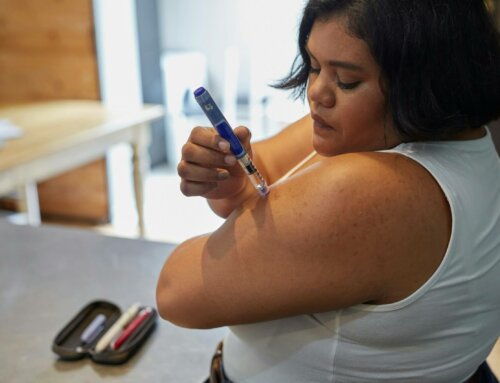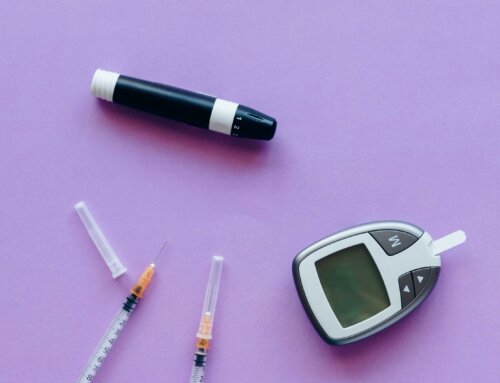Restless Leg Syndrome (or RLS) affects more than 12 million Americans a year. There is no specific test to diagnose it but a physical and neurological exam along with mention of certain symptoms can help the physician make the diagnosis.
Discussing family history (since genetics plays a component), sleep patterns, creeping sensation patterns as well as current medications and supplements can also give them the much needed information. At this point there is no one reason for RLS but it is more common in certain populations. There is no cure for RLS and it can remain as a lifelong condition yet many people experience remissions without further problems.
What are the symptoms? Symptoms include a creepy, crawling often painful feeling mostly in the legs and feet with some experiencing them in the hands and arms as well. It causes a desire to move at all times. It can be throbbing, pulling and create strange constant sensations. It tends to happen during periods of stillness or during bed time; it extends through the night. It often causes sleep disturbance and many people are exhausted during the next day.
What are possible causes of RLS? As stated there is no one reason but there are certain factors that increase the risk of RLS. Most studies agree that it has to do with a neurotransmitter called dopamine – used by the brain’s ganglia; dopamine helps the body carry messages that control body movements. At night dopamine levels drop which may be the reason symptoms increase then. Possible causes are an iron deficiency – get tested with blood work. Up to 90% of pre-menopausal women have iron deficiency. Discuss a mild non-constipating iron supplement or rely on leafy greens, red meat or fortified iron products like cold cereal. Add foods with Vitamin C to aid in iron absorption. Another cause can be weak veins which would be evaluated by medical tests. People with diabetes definitely have higher incidents because of the connection to peripheral neuropathy. People who have chronic kidney disease, thyroid disease or liver disease have more chance of RLS. Medications that prevent dopamine production may be connected in RLS including certain cold or allergy medicines. If you are taking Tylenol, Alka Seltzer, or Benadryl it should be mentioned during the medical history. Also anti-depressants such as SSRIs (including Paxil, Prozac, and Celexa as well as tricyclics – Effexor and Cymbalta) should be mentioned to the doctor; take these medications as prescribed and do not ever double up on them. Sitting for extended periods of time with little or no movement can increase the risk of RLS. Remedies that can help the symptoms of RLS include:
Stretch gently before bedtime, walk leisurely around the house, take a tepid bath or use warm/cool compresses on your legs prior to sleep. Sit in an aisle seat whenever possible so you can always move around. Stand every hour and move around when you are at a desk or on the computer. Try leg massages or gentle rubbing which may decrease the creeping sensations. Sports massage or deep tissue massage has been known to help. Try ice packs as well. Moderate exercise can be beneficial but excessive exercise can lead to increased irritation and inflammation; avoid pounding and jumping. Do not do too much lower body exercise in one session. Think about a stretch class or yoga session. Utilize a pool if you have one. Do ankle rolls and stand on tip toes all through the day. Drop heels on a step or the curb for added stretching. Include weight lifting in moderate amounts to grow muscle mass. Talk to your physician about supplementation including folic acid or folate, which can increase the production of dopamine. Eat foods including lentils, spinach or peanuts which can also help along with Vitamin B 12. Certain medications given to people with Parkinson’s disease may be offered by your physician to increase dopamine levels including Pramipexole or Ropinirole. Remember these medications have multiple side effects like hypotension, insomnia and nausea. They may suggest opioids if the pain is insurmountable. Consider calcium and magnesium supplements after talking to the doctor. Reduce caffeine and alcohol as much as possible and quit smoking. Most of all control your blood sugars and A1C which will reduce your risk of peripheral neuropathy and eventual RLS. Diabetes is an illness that encompasses many systems; try to reduce your risk for complications as much as possible and enjoy better health!
NOTE: Consult your Doctor first to make sure my recommendations fit your special health needs.












Leave A Comment